As we delve into the intricate world of poultry care, the enigmatic phenomenon of “chicken vent pulsating” takes center stage. For those passionately involved in raising chickens, this mystery is more than just a quirk; it’s a puzzle to be solved. In this comprehensive exploration, we’ll meticulously dissect the intricacies of this pulsating mystery and uncover its profound significance for the well-being of our feathered companions.


Understanding the Chicken Vent
The chicken vent, or cloaca, serves as the Swiss Army knife of avian anatomy. Acting as the common exit point for the digestive, urinary, and reproductive systems, this multifunctional opening is integral to the chicken’s overall health. It’s not merely a biological structure; it’s a nexus where vital life processes converge.
Decoding Chicken Vent Pulsating: What’s Normal?
To comprehend the pulsating phenomenon, it’s imperative to define the normal rhythms within a chicken’s vent. Rhythmic pulsations are not mere anomalies; they are intricately linked to essential physiological processes, providing insights into the chicken’s inner workings.
- Breathing and Pulsation
Picture a chicken engaged in a moment of exertion or navigating through stressful situations. The rhythmic pulsations of the vent are not arbitrary; they sync with the chicken’s breathing. This synchronization aids in regulating airflow, showcasing the marvel of avian respiratory mechanics.
- Reproductive Pulsations
For our egg-laying companions, vent pulsating becomes a rhythmic dance during the reproductive process. As an egg traverses the oviduct, the vent pulsates in tandem. This isn’t merely a biological symphony; it’s a testament to the intricacies of avian reproduction.
Red Flags: When to Be Concerned
While acknowledging the poetry in normal vent pulsations, it’s equally vital to recognize when these rhythms become a distress signal. Understanding the nuances of abnormal pulsations can be a lifeline for proactive poultry care.
- Persistent or Agonizing Pulsations
Imagine a chicken exhibiting prolonged or painful vent pulsations. This could be more than just a rhythmic display; it might signify distress or hint at a deeper reproductive issue. In such instances, the call for veterinary assistance becomes not just a suggestion but a necessity for the welfare of your feathered friend.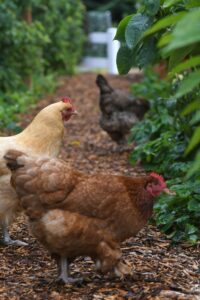

- Discharge and Abnormal Pulsations
Now, picture abnormal pulsations accompanied by discharges. It’s not just a deviation from the norm; it’s a potential red flag. These signs may indicate infections or reproductive disorders, demanding a discerning eye and swift action to prevent complications that could compromise the overall health of the flock.
Maintaining Optimal Chicken Vent Health
Proactive care is the keystone to a flourishing flock. Here are practical tips to guide poultry enthusiasts in nurturing optimal vent health.
- Balanced Nutrition
Consider a well-balanced diet as the foundation for vent health. Nutrients play a pivotal role in supporting reproductive functions and overall chicken well-being. Ensuring your chickens receive a diet rich in the essentials is akin to laying a robust foundation for their health.
- Clean Living Environment
Picture the chicken coop as a sanctuary. Regular cleaning and sanitation rituals aren’t merely chores; they are acts of guardianship. A clean living environment minimizes the risk of infections, providing a conducive space for your feathered companions to thrive.
Conclusion
In the realm of poultry care, understanding the nuances of chicken vent pulsating emerges as a profound skill. It’s not just about deciphering patterns; it’s about cultivating a deep connection with your flock. With attentive care and prompt action, you can ensure not just happy but thriving chickens.
Is it normal for a chicken’s vent to pulsate while breathing?
- Absolutely. Rhythmic pulsations during breathing are a harmonious interplay of avian physiology, intricately linked to airflow regulation.
When should I be concerned about my chicken’s vent pulsating?
- Concerns should arise if your chicken exhibits persistent or painful pulsations, hinting at potential distress or a more complex reproductive issue. Swift veterinary attention is the beacon of care in such instances.

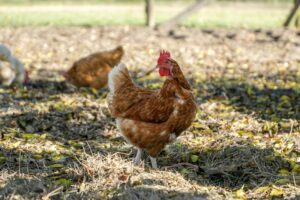
Can diet affect the pulsating patterns of a chicken’s vent?
- Indeed. A well-balanced diet is the orchestrator of reproductive functions and overall vent health. Nourishing your chickens with the right blend of nutrients is akin to composing a symphony for their well-being.
How often should I clean the chicken coop to prevent infections?
- Picture coop cleaning as a ritual of care, ideally performed weekly. Regular cleaning and sanitation create a haven, minimizing the risk of infections and fostering a healthy living environment for your cherished flock.
What proactive measures can I take to ensure optimal vent health in my chickens?
- Envision proactive measures as a tapestry of care – a balanced diet, meticulous coop hygiene, and swift veterinary attention for any abnormalities. These measures collectively weave a shield of protection for your chickens’ vent health.
Ayam Cemani Pullet vs Cockerel
Where Do Chickens Like to Be Petted
How do you know when chickens are about to poop?

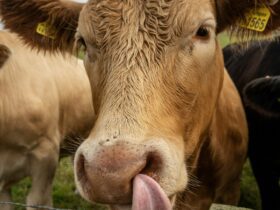
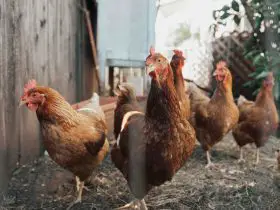

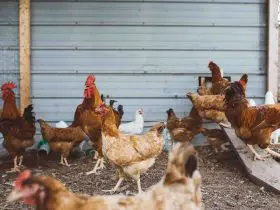

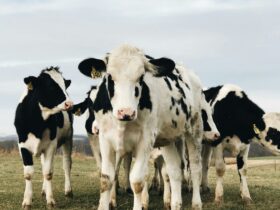

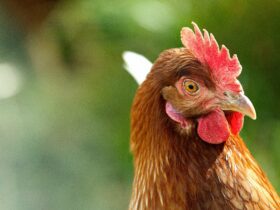



Hello!! Welcome to Anim Farm